Information Technology Reference
In-Depth Information
What she meant was, when assessing an organization against a practice in
the CMMI model, ask yourself:
What is the intent of this practice?
4
Another phrase the lead appraiser often used was:
Yo u d o n 't w a n t t o c r e a t e u n n a t u r a l b e h a v i o r i n t h e o r g a n i z a t i o n .
This approach leads to another question:
Is the organization achieving the intent?
If the answer is yes, but they don't appear to be following the expected prac-
tice, the next question is:
How are they achieving the intent?
and:
What activities are they following to achieve the intent?
The approach of asking these questions fits with our goal to maintain the
“Agile culture.” The Agile culture is a natural culture where people follow
practices that have been proven to work in getting their job done success-
fully. BOND had a history of success, so whatever practices they were
following were, for the most part, working. This was our starting point to
extract and document the right processes for this organization.
4.9 Alternative Practices and Tailored Agile TWG
The approach described may lead to an
alternative practice
. An alternative
practice is defined by the CMMI guidelines as, “A practice that is a substi-
tute for one or more generic or specific practices contained in CMMI
models that achieves an equivalent effect toward satisfying the generic or
specific goal associated with model practices. Alternative practices are
not necessarily one-for-one replacements for the generic or specific prac-
tices.” However, my experience when digging “looking-for-intent” or
“equivalent effect” has been that most often, you don't arrive at an alter-
native practice, but rather a different implementation of an expected
practice.
4. The informative material within the CMMI model is the best source to help in determining the intent.
Caution should be used when supplying one's own intention.



